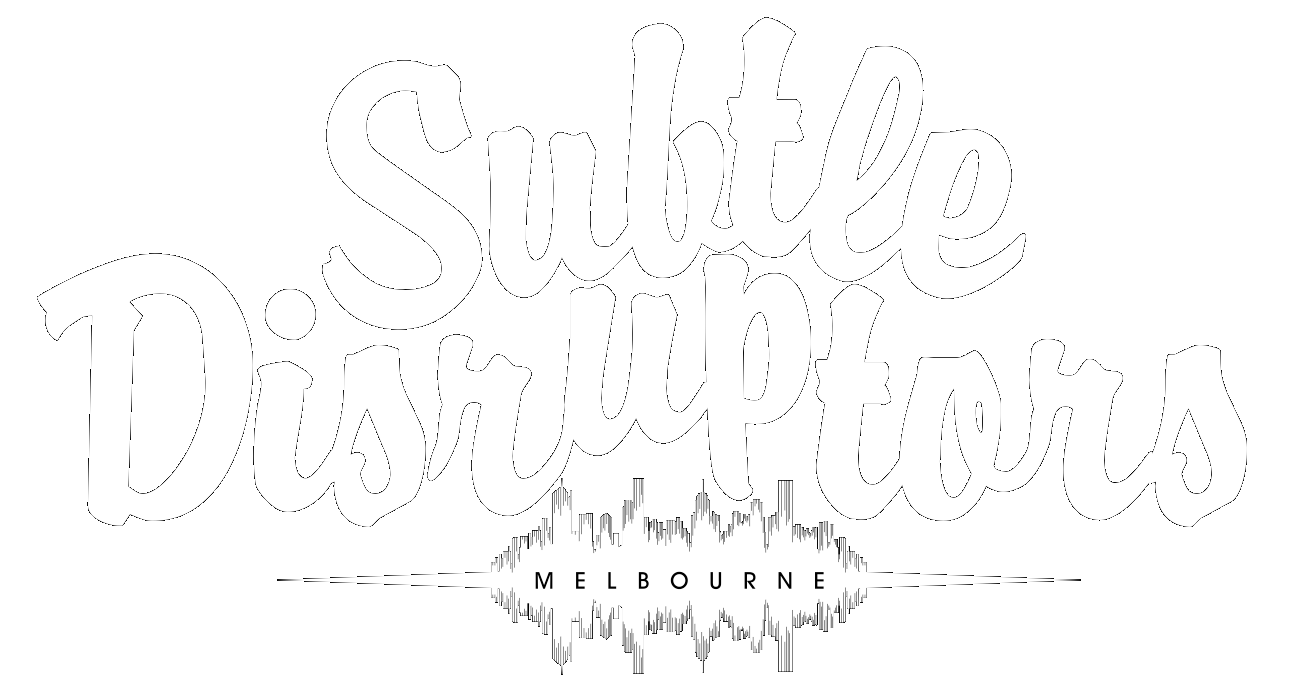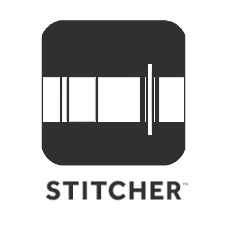It is easy to feel overwhelmed by all that this week’s guest has achieved in a very short amount of time, so I want to start this post by talking about the key takeaway from my time with Al Jeffery. It comes right at the end of our conversation when I ask him for a suggestion on becoming a subtle disruptor, and his answer is to simply take time out for yourself.
This is something we are probably accustomed to hearing from many sources, but it seems like a common foundation upon which people – who are doing aligned work – are building. In a world that is hyper-stimulated, and is always looking for a way to create a bigger blockbuster, a louder concert, and a more colourful firework, taking time to still yourself and remove all stimulation is good for your physical health, mental health, nervous system, your ability to make conscious decisions, your ability to learn about what has happened to you, and your ability to be honest with yourself and how you feel about something. The simple act of meditating or journaling on a regular basis can incrementally move you in a life changing direction.
For Al, it was a World Vision ad that first triggered him to start asking the big questions about the nature of existence. What is the crux of all that is happening on our planet today? What are the underlying patterns and systems? And if he was able to understand that, how could he best influence it? Is it with money, fame, celebrity, business?
Settling on business as the most aligned fit for him, Al started his first at the age of 12, a clothing business that soon meant he was having to excuse himself from school classes in order to take business calls. In running this clothing business Al became aware of just how many children are involved in child labor in the world – over 250 million. In pondering this thought, and realising that this was more than ten times Australia’s population, Al decided to start a campaign to improve in the lives of child labourers. One World Summit was the result of this pondering, and in its first incarnation was a way of recruiting volunteers for this cause. This quickly pivoted into two-day experiences held in Melbourne and five other cities around the world, with the new purpose of ‘connecting visionaries, creatives, entrepreneurs and action takers, to catalyse community and collaborative personal and social change’.
In 2016, thanks to the support of Startup Grind, One World Summit will be held in 15 cities around the world to connect and inspire these world changes.
It was around the time of starting One World Summit that Al started getting into the festival scene (like Rainbow Serpent and Burning Man), which he loved but which also got him questioning the sustained effectiveness of summit experiences like festivals and conferences. Al observed that the natural high and altered state that people experienced at these events was jarred when they returned to their homes, work places, and local neighbourhoods. He asked himself, is there a way that the kind of community and transformation people experienced at these short-term events could be replicated in a space that facilities this in an ongoing way?
Around about that time Al got to experience a six-month live-in transformation experience at Watson University aimed at incubating people (as opposed to incubating startups). Living in close proximity with ten people, in such an intentional way, and with such profound results, got Al thinking about how this experience could be brought to cities around the world.
The outflowing of this thinking is Al’s latest venture, Base. A consciously curated place for residents to share a living space and living experience designed to connect them, enable them to authentically express and create, and to help them find their avenue of service. Base is a Melbourne coliving experiment commencing this year. The community is already being curated, and one of Al’s hopes for the space is that it will help people peel away the layers they have built up around their true selves, with a the mirror of a safe community of people to assist them.
Springing up in paces like San Francisco and Denmark and with influences from the Hacker House movement, coliving is an emerging trend around the world that has many benefits: social, through countering disconnection; environmental, through sharing resources; and economic, through lowering the cost of housing. Al hopes that one of the outcomes of the first Base experiment is an open sharing of what they have learnt, including a best practice coliving blueprint for property developers around the world.
There are two potential complimentary business models for Base: the first is to create a chain of coliving spaces in cities around the world, serving an emerging nomadic generation that wants to know they can travel anywhere and stay in a place where they connect with a tribe of value-aligned people, in a design-aligned space. The second business model is that of an investment fund growing the business ideas that will inevitably occur between the residents of the space. Leveraging a similar approach to the Global Enterprise Summit where people from diverse fields gather to interact to see what unimaginable business ideas they can imagine together, and where people like the founders of Airbnb met, Base will create a fertile field where amazing ideas can germinate and grow.
One of the things that struck me most about Al during this chat is his sense of himself, and his ability to live a life aligned with his awareness of himself, and his awareness of the nature of the universe around him.
Fittingly the location Al chose for our conversation was one of Melbourne’s social enterprise success stories, and hopefully the topic of a future episode. Founded by Simon Griffiths (who also started Who Gives a Crap toilet paper social enterprise), Shebeen cafe is a bar and venue which gives all of its profits back to development projects in the country of origin of the products it sells.
In the future Al dreams about disrupting money as our main means of exchanging value, using the ideas of quantum accounting and the seven types of capital outlined in the book Small Money by Woody Tasch.
One final takeaway from Al, who only lasted three weeks and uni, but was also the only person under 20 on Anthill’s 2013 30Under30 list, is about our brain’s automatic success mechanisms (as outlined in Psycho-Cybernetics by Maxwell Maltz):
If we give our brain a very clear and succinct goal that comes from inquiry over desire, and then get out-of-the-way and allow our subconscious’ internal success mechanisms to play their role, then we are bound to achieve that goal.
I hope listening to Al inspires you to internally inquire for succinct goals that will lead you to subtly disrupt.
Podcast: Download
Subscribe: Apple Podcasts | Android | RSS





Thanks so much for the great interview. I hadn’t heard of Al but found his story inspiring. Loving your series on Melbourne Disruptors
Thanks for that Nicole! Great to hear you are enjoying listening.